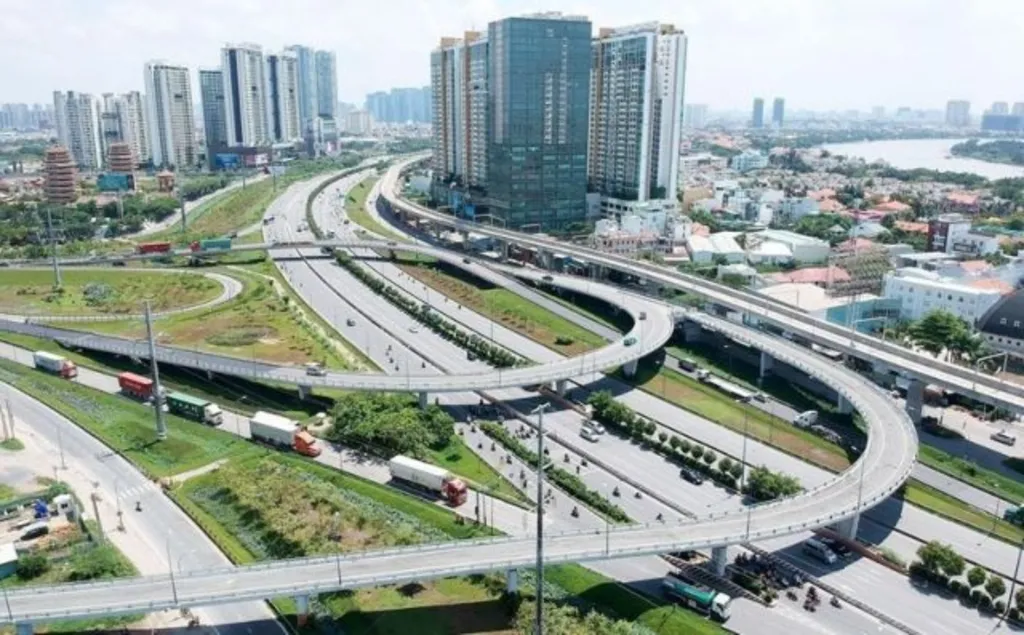 Economy
Economy

 |
| Roads often rely on public loans for construction. With the current low debt-to-GDP ratio, Việt Nam still has large room to mobilise public debt to finance essential and key infrastructure projects for future development. Photo diendandoanhnghiep.vn |
HÀ NỘI — Việt Nam's public debts have been kept at a sustainable and stable level, which has given room for the country to implement reasonable and expansionary fiscal policies when necessary, such as during the COVID-19 pandemic, Minister of Finance Hồ Đức Phớc said.
According to Phớc, Việt Nam’s public debt-to-GDP ratio decreased from 43.1 per cent in 2021 to only 37 per cent by early 2024, while the ratio approved by the National Assembly stands at 60 per cent.
The latest ratio is much lower than the 2023 median level for countries with the BB credit rating, at 52.8 per cent, and for countries with the BBB credit rating, at 54.9 per cent. It’s also noteworthy that the Vietnamese credit rating is a level lower than the BBB rating.
The restructuring of Việt Nam’s public debt has also been improved. Accordingly, outstanding domestic debt has increased, accounting for about 71 per cent of the Government’s outstanding debt. Foreign debt is gradually decreasing and is mainly long terms with preferential interest rates. This has contributed to increasing debt sustainability in the face of exchange rate fluctuations of strong foreign currencies globally.
In its upgrade made in December, 2023, Fitch Ratings raised Việt Nam’s credit rating from BB to BB+ after Moody’s and S&P moved to upgrade the country’s rating from Ba3 to Ba2 and BB to BB+ in 2022, respectively. These positive steps can be attributed to the country’s efforts in fiscal consolidation and public debt control.
Phớc said with the current low debt-to-GDP level compared to the cap rate and the favourable debt structure, Việt Nam still has large room to mobilise public debt to finance essential and key infrastructure projects for future development.
To manage public debt in a sustainable way, the Ministry of Finance said it will continue to strengthen supervision, inspection and audit of public debt, besides publicising public debt information and constantly improving the legal framework for public debt management.
In addition, in order to improve the efficiency of management and use of public loans, the Ministry of Finance has flexibly and proactively deployed capital mobilisation according to the requirements of public investment disbursement progress.
The Ministry of Finance has also actively promoted attraction of investors and effectively deployed measures to upgrade national credit ratings, which will contribute to reducing the Government's loan raising costs. — VNS




